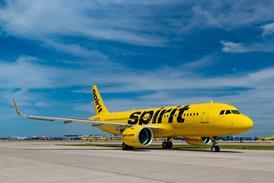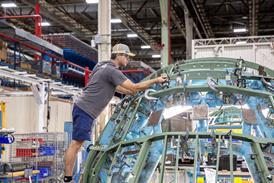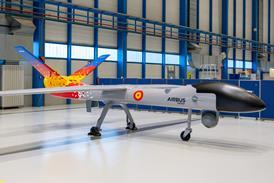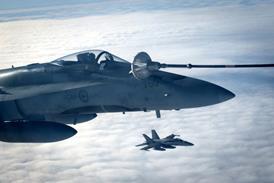A recent report predicts more than 100,000 new recruits will be needed to fuel the airline industry in the Asia-Pacific region in the next five years
With $26 billion of aircraft on order, Emirates is spending this financial year conducting more than 6,000 recruitment exercises to acquire more cabincrew, flight ops staff, managers, engineers and airport staff, as well as corporate employees.
Emirates has two intakes of cabincrew a week at present. That will rise to three from the end of July.
This extensive hiring programme has been a feature of the last few years for the Dubai-based airline, which made 5,000 new appointments two years ago and 4,000 last year.
Recruitment manager Rick Helliwell expects this year's recruitment certainly to reach last year's figure, possibly even edging towards the volume of two years ago.
"Around 30% of this will probably be cabincrew," he says, "with around 10-15% engineering and 10% flight ops or management positions.
"Many of these appointments will come from within, however. We receive 2,000 internal applications a month and we have a strong commitment to internal growth and development."
Given the airline's rapid expansion, those joining up can expect rapid progression, especially on the flightdeck.
"Our growth needs a good throughput of people," he says. "Pilots can get pretty rapid commands here. Within 3-4 years, there is no reason they cannot move across to the other seat, although in a few years, when our growth slows, it obviously might take a bit longer. And they will get to fly some exciting aircraft."
Emirates' growth is symptomatic of the bulging aviation industry in its main region of operation. A recent report from the Centre of Asia Pacific Aviation predicted more than 100,000 new recruits would be needed to fuel the airline industry in the Asia Pacific region between 2005 and 2010.
"While this means there is a lot of increased competition for the best people," says Helliwell, "it also means that we can afford to have people like Etihad starting up because there is so much demand for air travel.
"Economic growth here in Dubai, which is one of the fastest-growing economic regions in the world, is really fuelling the industry's expansion, in a similar way to Singapore many years ago."
Increasing demand for both passenger travel and cargo transport is one of the reasons behind the construction of a new terminal as large as the existing one, at Dubai airport. It will be the new home of Emirates when it is completed in the next two years.
More than 3,000 people in the group are now employed outside Dubai, as Emirates expands its global operation, with ground handling operations at airports such as Changi airport in Singapore. "We have other expansion plans overseas for the future," says Helliwell.
Emirates will also expand its multi-national makeup. It now has more than 124 nationalities represented in the group.
"Dubai is a very cosmopolitan place," says Helliwell, "and that is mirrored in our organisation. There is a lot of competition for UAE nationals and, given our growth rates, we have to be looking externally to meet our needs."
However, Helliwell says there is a noticeable change in the way overseas workers operate. "You used to have the expat model of going somewhere, working for a few years and leaving," he says. "Now the market has evolved so that people stay put and their families may also end up working here."
Helliwell says the ongoing recruitment drive has been demonstrably good for Emirates' profits.
"We increase our profitability per employee year on year," he says. "The company has doubled in size since I have been here and each new person has increased profits at the bottom line. That is what we believe has differentiated Emirates from many of its traditional competitors."
Source: Flight Daily News























